Today’s market is flooded with self-help titles making grandiose claims about transformation, finding books that create genuine, lasting change can feel like searching for diamonds among rhinestones and that’s where these 7 Life-Changing books comes in.

As someone who has read hundreds of personal development books—from the truly profound to the embarrassingly shallow—I’ve developed a discerning eye for distinguishing between momentary inspiration and authentic transformation.
I mean besides just reading I’ve been writing, researching, talking to experts, practicing mindfulness and have worked with some of the greatest spiritual teachers in the world.
But as for books that create lasting change they seem to share certain qualities: they’re grounded in solid research rather than anecdotal claims, they offer practical applications rather than vague platitudes, and most importantly, they address root causes rather than symptoms of our challenges.
I’ve put together this carefully curated list not simply based on popularity or sales rankings, but on the measurable impact these books can have for you and obviously have had for me in my own personal growth journey. These are the titles I find myself recommending again and again because they consistently deliver meaningful results.
Table of Contents
1. “Atomic Habits” by James Clear
In a genre often characterized by motivational hype, Clear’s approach stands apart through its remarkable practicality and scientific grounding. Rather than making sweeping claims about overnight transformation, this book methodically demonstrates how tiny changes accumulate into remarkable results through the power of compounding.
Why It Actually Works:
The book’s effectiveness stems from several key elements:
- Systems over goals: Clear demonstrates why creating effective systems consistently outperforms setting ambitious goals—a counterintuitive approach that resolves the familiar cycle of motivation and failure.
- Identity-based habits: The book’s most transformative concept, Clear shows how lasting behavior change happens when we shift our self-concept rather than merely forcing new behaviors.
- Implementation specificity: Unlike other habit books that stay theoretical, Clear offers concrete frameworks like habit stacking, environment design, and implementation intentions that readers can apply immediately.
- Manageable methodology: By focusing on 1% improvements rather than dramatic overhauls, the approach feels accessible even to those who have repeatedly failed at traditional ways to change behavior.
Real-Life Application:
I’ve heard of countless people being able to break through long-standing behavior patterns using Clear’s four laws of behavior change. The most memorable example is a friend who had tried meditation for years without being able to stick with it. By applying Clear’s principles—making it obvious (placing his meditation cushion prominently), making it attractive (pairing it with his favorite tea), making it easy (starting with just two minutes), and making it satisfying (tracking his streak)—he finally established a daily routine that has transformed his relationship with anxiety.
While most habit books provide temporary motivation, Atomic Habits delivers a comprehensive system for addressing the underlying architecture of behavior—creating changes that actually stick.
2. “Self-Compassion: The Proven Power of Being Kind to Yourself” by Kristin Neff
In our achievement-oriented culture that often equates self-criticism with motivation, Neff’s research-based approach to self-compassion offers a revolutionary alternative—one that paradoxically leads to greater resilience, motivation, and emotional health than harsh self-judgment ever could.
Why It Actually Works:
Unlike generic “love yourself” advice, Neff’s approach is:
- Empirically validated: As a pioneering researcher in the field, Neff grounds her recommendations in rigorous studies demonstrating self-compassion’s benefits for everything from motivation to relationship quality.
- Precisely defined: The book clarifies exactly what self-compassion is (and isn’t), distinguishing it from self-pity, self-indulgence, or mere positive thinking through its three core components: self-kindness, common humanity, and mindfulness.
- Evolutionarily informed: By explaining how our threat-response system interacts with our caregiving system, Neff provides a neurobiological framework that makes the approach feel credible rather than merely aspirational.
- Practically applicable: Through specific exercises like the self-compassion break, the compassionate letter, and guided meditations, readers develop concrete skills rather than abstract understanding.
Real-Life Application:
The transformative power of this approach is evident.
My own relentless self-criticism had led me to chronic anxiety and perfectionism that was sabotaging both my work and relationships. Despite my initial resistance (“Won’t self-compassion make me complacent?”), applying Neff’s practices gradually rewired my relationship with myself.
The most profound shift occurred when I began responding to failures and setbacks with the same supportive presence I would offer a valued friend. This single change cascaded into improved stress resilience, healthier boundaries, and—contrary to my fears—actually enhanced my performance by reducing the cognitive load of constant self-judgment.
For anyone whose inner critic has become a destructive rather than constructive force, Neff’s approach offers a genuinely transformative alternative that enhances rather than diminishes motivation and accountability.
3. “Crucial Conversations: Tools for Talking When Stakes Are High” by Kerry Patterson, Joseph Grenny, Ron McMillan, and Al Switzler
Among dozens of communication books promising to transform your relationships, this evidence-based approach distinguishes itself through its practical framework for navigating high-stakes discussions—addressing both the emotional dynamics and tactical skills needed to prevent communication breakdowns when it matters most.
Why It Actually Works:
This methodology succeeds where most communication books fail because it:
- Creates psychological safety: Rather than merely offering communication techniques, the authors provide concrete strategies for establishing mutual purpose and mutual respect—the foundational elements that make difficult conversations possible.
- Focuses on behavior change: By identifying crucial moments where conversations typically derail, readers learn to recognize and intervene in unproductive patterns before they escalate.
- Balances advocacy with inquiry: The “STATE” method (Share facts, Tell story, Ask for others’ paths, Talk tentatively, Encourage testing) creates a framework for expressing views while remaining genuinely open to others’ perspectives.
- Addresses both content and conditions: Unlike books focused solely on what to say, “Crucial Conversations” emphasizes creating the conditions where honest dialogue can flourish, even amidst strong emotions. My kind of communication!
Get “Crucial Conversations” here
4. “The Body Keeps the Score” by Bessel van der Kolk
While not structured as a typical self-help book, this groundbreaking work on trauma has created more profound personal transformation for my clients than perhaps any traditional personal development title. By explaining how trauma physically reshapes both brain and nervous system, van der Kolk demystifies many of the persistent struggles that conventional approaches fail to resolve.
Why It Actually Works:
This book’s power comes from its:
- Neurobiological foundation: Van der Kolk explains precisely how traumatic experiences alter brain structures and functions, providing a scientific framework that helps readers understand their experiences beyond simplistic psychological explanations.
- Validation of somatic experience: By emphasizing how trauma lodges in the body, the book legitimizes physical and emotional symptoms that sufferers have often been told are “all in their head” or merely requiring more willpower to overcome.
- Recovery roadmap: The comprehensive exploration of evidence-based healing modalities—from EMDR to neurofeedback to yoga—provides concrete pathways forward rather than merely explaining the problem.
- Integration of case studies: Through compelling stories of real patients’ healing journeys, abstract concepts become tangible and relatable, creating realistic hope for recovery.
Get “The Body Keeps the Score” here
5. “Nonviolent Communication” by Marshall Rosenberg
In a world increasingly divided by polarized discourse, Rosenberg’s methodology offers something remarkable: a concrete framework for connecting across differences without sacrificing authenticity or justice concerns. While many communication books focus on persuasion tactics or conflict management, NVC addresses the deeper patterns that create disconnection in the first place.
Why It Actually Works:
The NVC approach provides transformation through:
- Universal needs framework: By identifying the shared human needs underlying all actions and requests, Rosenberg offers a language that transcends cultural, political, and personal differences.
- Observation-feeling-need-request structure: This simple but powerful framework provides a clear alternative to blame-based communication, making complex emotional exchanges navigable even during conflict.
- Empathic listening methodology: Rather than generic advice to “listen better,” NVC offers specific practices for connecting with others’ underlying needs—even when their expressions include judgment or criticism.
- Self-empathy practices: Perhaps most distinctively, Rosenberg emphasizes the importance of connecting with our own needs before attempting difficult conversations—creating authentic connection rather than communication techniques performed from disconnection.
Get “Nonviolent Communication” here
6. “Designing Your Life” by Bill Burnett and Dave Evans
Unlike traditional career or purpose-finding books that rely heavily on introspection and passion-finding, this refreshingly practical guide applies design thinking principles to life planning—offering a dynamic, iterative approach to creating a well-lived life regardless of your starting point.
Why It Actually Works:
The design approach succeeds where conventional life planning fails because it:
- Focuses on process over outcome: Rather than pressuring readers to identify the “right” path, the methodology emphasizes creating multiple possible directions and testing them through active experimentation.
- Overcomes analysis paralysis: By emphasizing prototyping and action over perfect planning, the approach creates momentum where traditional approaches often create overthinking.
- Normalizes failure: The concept of “failing forward” transforms setbacks from discouraging dead-ends into valuable data points that inform better next steps.
- Integrates practical constraints: Unlike idealistic “follow your passion” advice, the design methodology actively incorporates real-world limitations into the creative process.
Get “Designing Your Life” here
7. “Internal Family Systems Therapy” by Richard Schwartz
Though originally written for therapists, this accessible introduction to the IFS model has become an essential resource for anyone seeking to understand and transform their internal landscape. By conceptualizing the mind as a system of sub-personalities or “parts,” Schwartz offers a revolutionary framework for working with internal conflicts and emotional patterns.
Why It Actually Works:
The IFS approach creates transformation through:
- Parts psychology: By recognizing various aspects of ourselves as distinct sub-personalities with positive intentions rather than pathologizing internal conflicts, the model creates a compassionate framework for self-understanding.
- Self leadership: The model identifies a core Self characterized by qualities like curiosity, compassion, and clarity that can relate to our challenging parts from a centered perspective rather than becoming overwhelmed by them.
- Systems perspective: Rather than trying to eliminate “negative” aspects of ourselves, IFS helps readers understand how parts interact as a system, addressing the underlying dynamics rather than just symptom parts.
- Practical methodology: Through specific techniques like parts dialogue, witnessing, and unburdening, readers develop concrete skills for internal work rather than merely conceptual understanding.
Real-Life Application:
I’ve witnessed remarkable transformations in my own life and relationships by implement this framework to internal struggles that had previously seemed intractable. One particularly powerful example involved someone in my world with a pattern of self-sabotage that had undermined numerous goals despite sincere intentions and efforts.
Through the IFS approach, she discovered that her self-sabotaging behaviors came from a protective part trying to prevent the disappointment and shame she had experienced during childhood achievements that were never quite “good enough” for important adults. Rather than fighting this part, she learned to understand its protective intention and developed a new relationship with it—ultimately finding ways to pursue her goals while addressing the legitimate concerns this part carried.
For those experiencing internal conflicts, emotional patterns that don’t respond to rational intervention, or seeming contradictions in their behaviors and desires, the IFS model offers a revolutionary framework for understanding and transforming these challenges from the inside out.
Get “Internal Family Systems Therapy” here
Beyond Reading: From Information to Transformation
While these books offer exceptional frameworks for personal development, information alone rarely creates lasting transformation. Based on both research and experience guiding others through change processes, here are key practices for translating insights into lasting change:
1. Focused Implementation
Rather than attempting to apply everything at once, select a single concept or practice from each book that resonates most strongly with your current challenges. This focused approach creates momentum through visible progress rather than overwhelm from too many simultaneous changes.
The Ultimate Self-Inquisition Guide provides a structured framework for this selective application process.
2. Progressive Practice
Transformation happens through consistent implementation over time rather than perfect execution. Start with simplified versions of practices, gradually increasing duration or complexity as your capacity develops.
The Ultimate Self-Inquisition Guide offers specific structures for this progressive approach, helping you build sustainable practices rather than short-lived enthusiasm.
3. Community Integration
Research consistently shows that learning in community dramatically enhances implementation rates. Consider forming a reading group, finding an accountability partner, or joining online communities related to specific methodologies.
My substack where I’ve built my own community is a great place to build connections with established groups focused on various personal development approaches. Follow me there. I’m active and love connecting.
4. Personalized Integration
The most powerful application comes not from rigid adherence to any single system but from thoughtfully integrating approaches based on your unique needs, learning style, and life circumstances.
Our Therapy Journals offer guided reflection for creating your own coherent development approach drawing from multiple sources.
Conclusion
In a personal development market that often encourages endless consumption of new content, the most profound transformation comes not from reading more books but from deeply implementing a few powerful frameworks. The titles shared here have demonstrated their value not just in providing temporary inspiration but in creating lasting change for thousands of readers who engaged deeply with their methodologies.
I encourage you to approach these resources not as passive consumption but as active partnerships with authors who offer valuable frameworks for your own unique journey. The true measure of a book’s value isn’t how it makes you feel while reading, but how it changes how you live after you’ve turned the final page.
What personal development book has created the most significant change in your life? Share your experience in the comments below, or ask questions about implementing insights from any of these recommended titles.
Explore this article for more

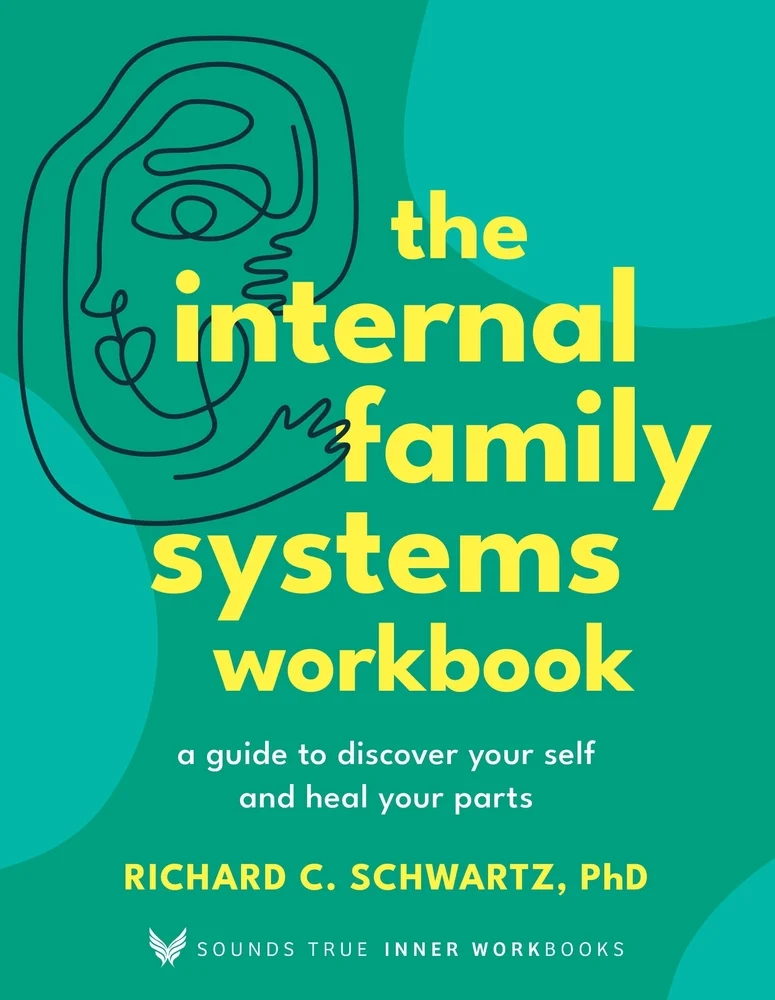
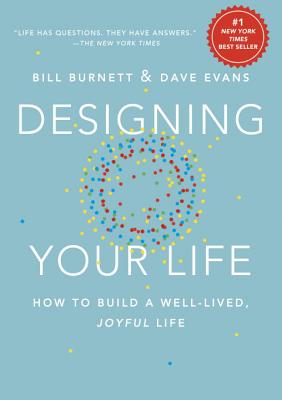
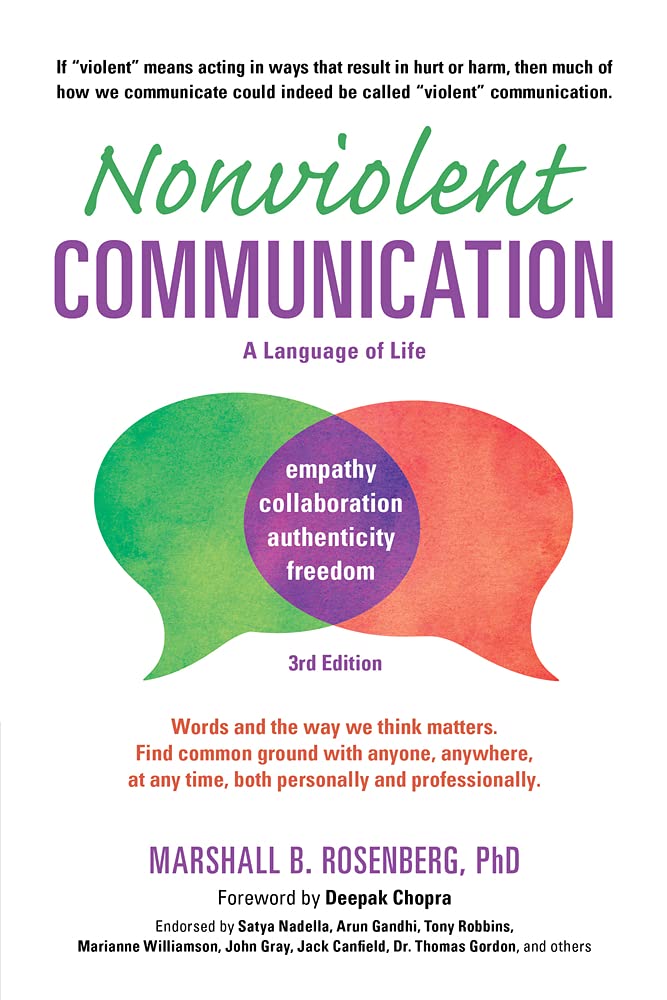
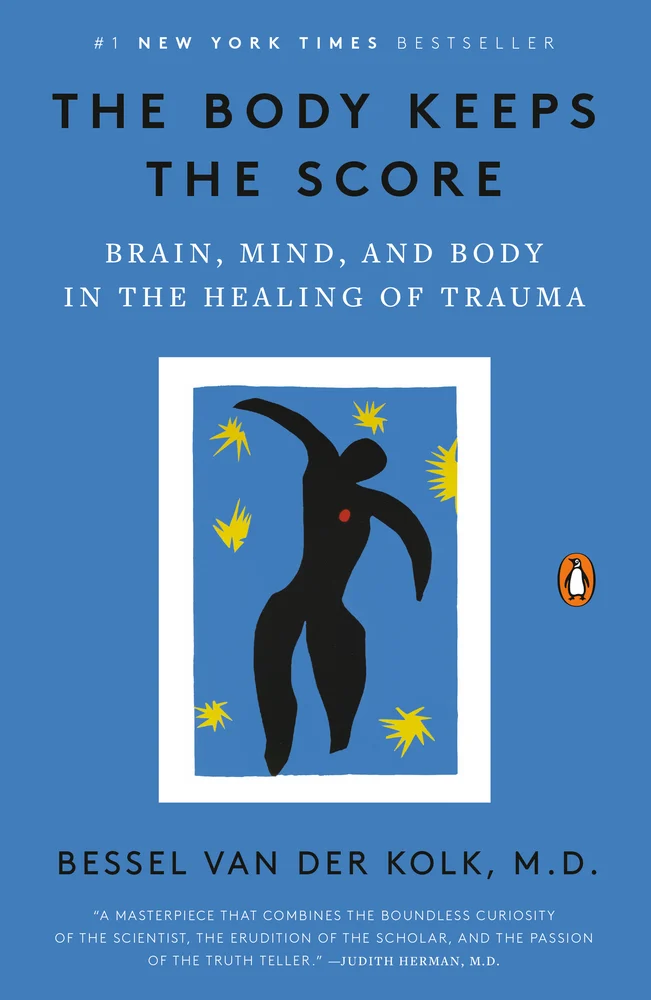
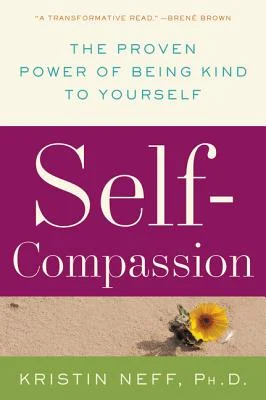

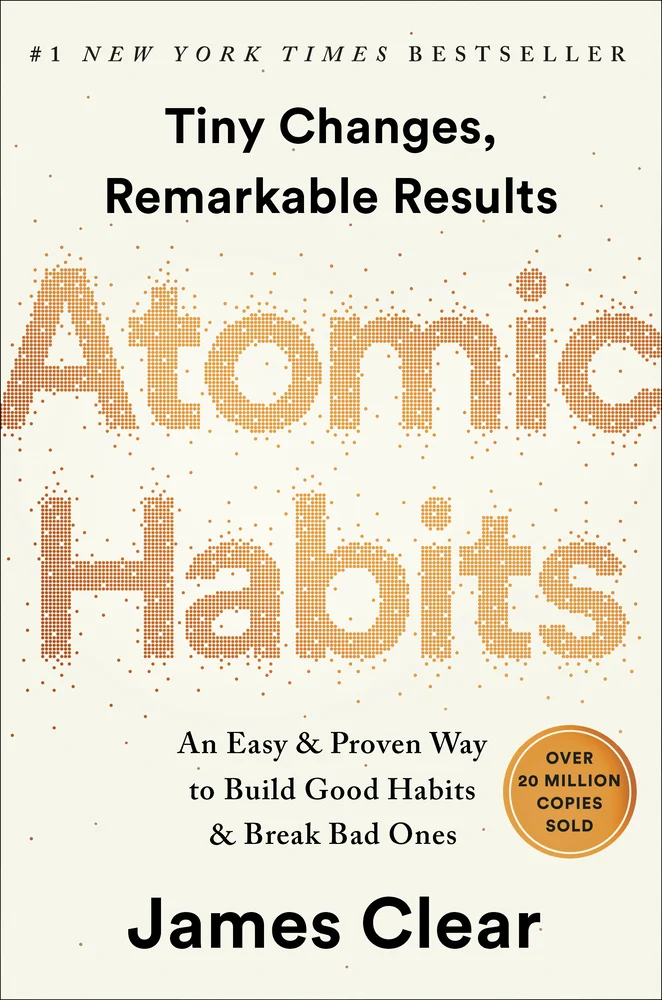
Comments +
7 Life-Changing Books That Actually Deliver on Their Promises
Self Improvement